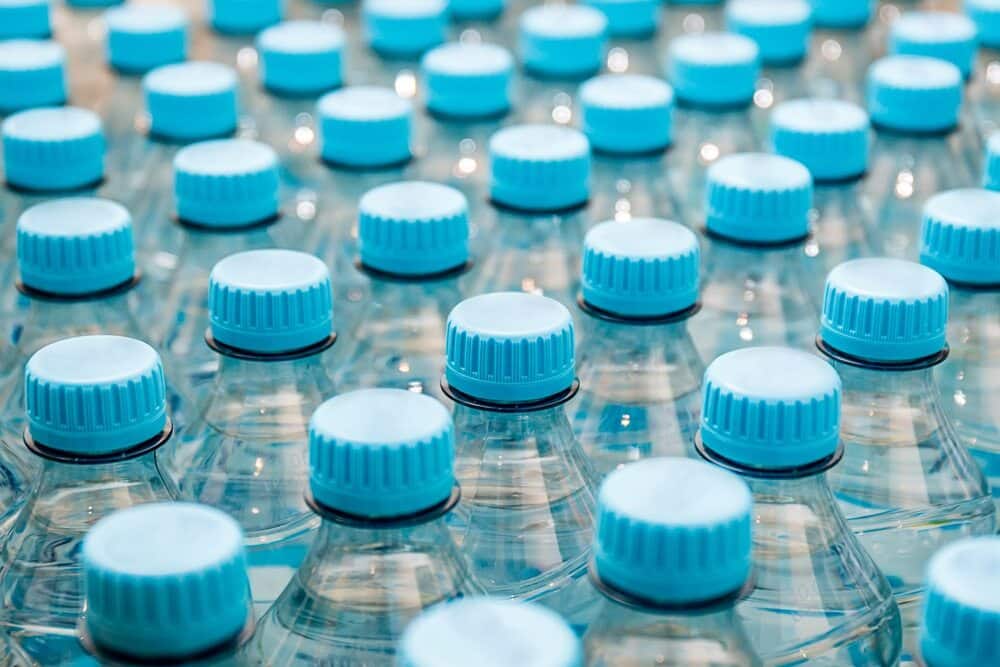When you reach for that refreshing bottle of spring water, do you ever pause to consider the bottle itself? Glass and plastic bottles each tell a different story, not just about packaging but our relationship with the environment and our health. This choice is more than a matter of convenience; it’s about understanding the journey of bottled spring water from a pristine source to your hands. Let’s explore the pros and cons of glass and plastic packaging for bottled spring water.











